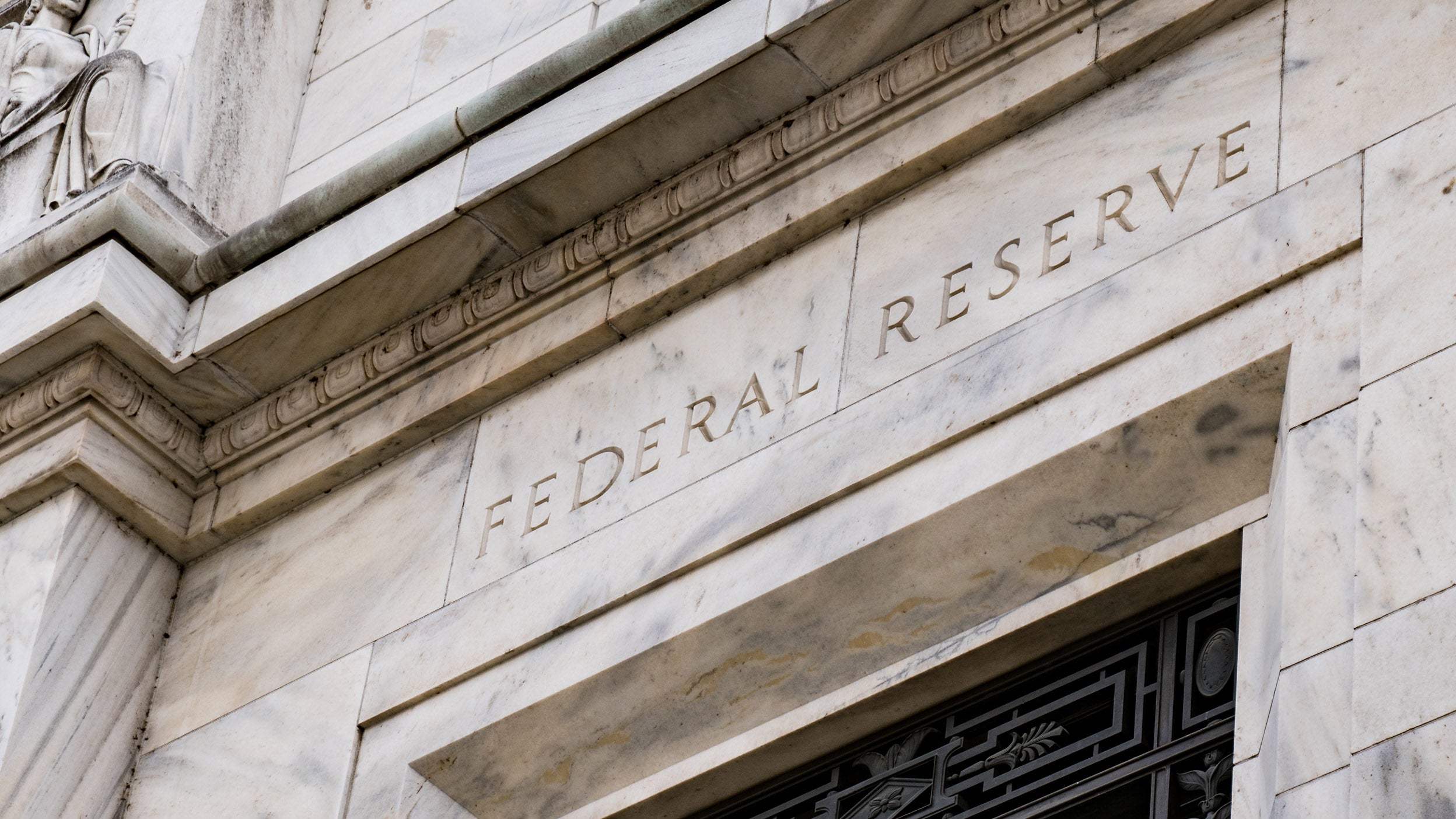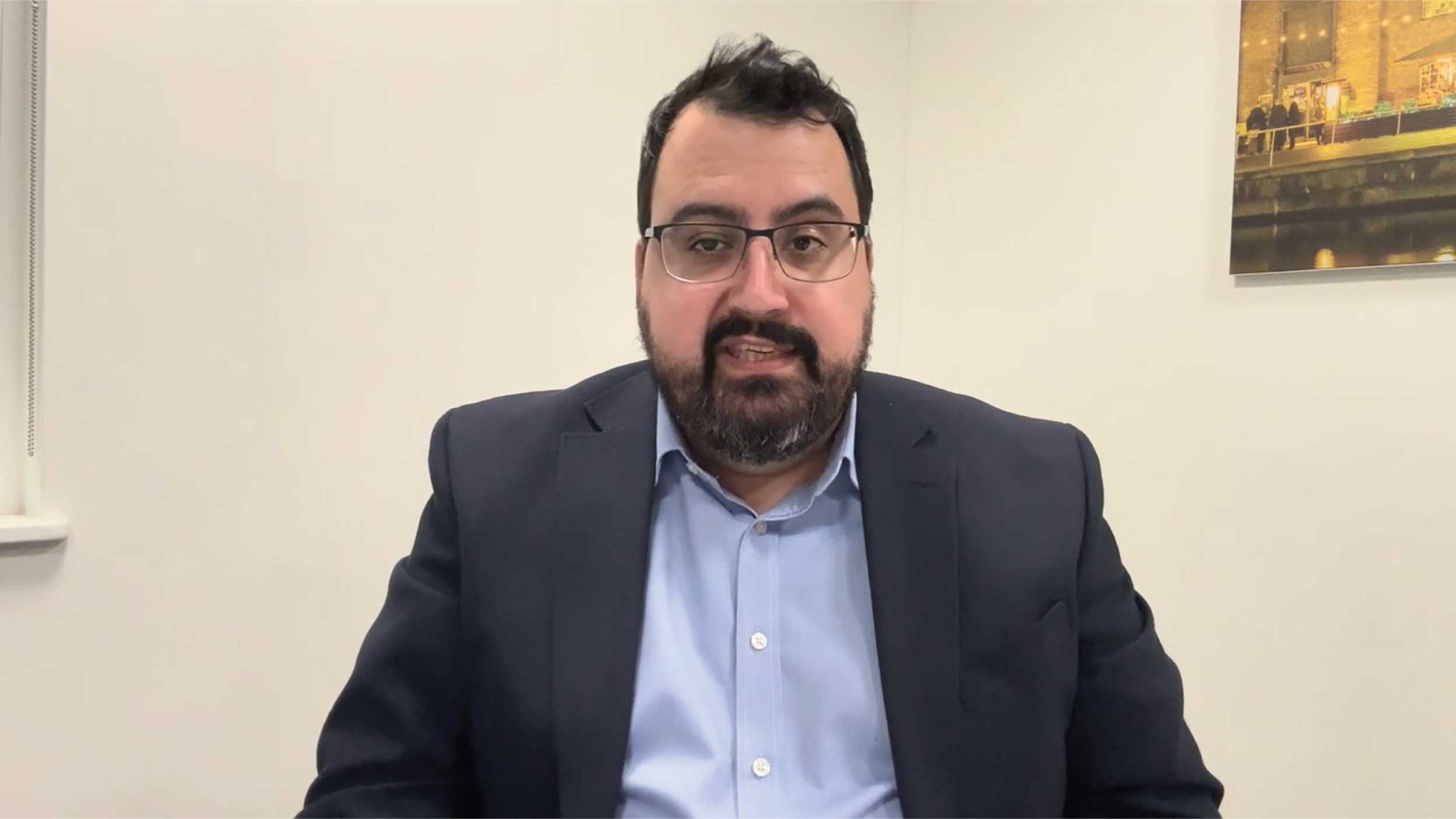Will inflation rise?
The second, non-headline change came with the release of the so-called ‘dot plot’, contained in the Summary of Economic Projections (SEP), in particular the assessment by FOMC members of the likely level for the Fed Funds rate over the next two years.
Compared with the last edition of the release in March, the median expectation of the 18 members for the Fed funds rate in 2022 had moved up from 0-0.25% to 0.5-0.75%.
In contrast, with the Fed’s public rhetoric of no change in the Fed Funds rate until at least the end of 2023, this implied two rate hikes in 2022, bringing much nearer the lift-off for interest rates and implicitly the tapering of Fed asset purchases. It was this that triggered a series of market reactions rather than the adjustment of money market rates discussed above.
The immediate and most volatile reaction was a rise of the Treasury yield curve with 2-year Treasury yields rising from 0.16% to 0.26% and the 10-year Treasury yield rising from 1.49% to 1.59% over the next day.
However, 10-year yields then fell all the way back to 1.35% by 21st June rising again to 1.49% on 22nd June. In effect, the yield curve flattened as a result of the upward movement at the short end.
Elsewhere in financial markets, equities temporarily sold off, especially value stocks, along with non-dollar currencies, commodities such as base and precious metals, and crypto currencies.
The problem with all these short-term movements and the attempt to interpret them is that they assume that Fed views or policies on interest rates are the last word on monetary policy, with rate hikes meaning tighter policy and rate cuts meaning easier policy.
However, the empirical evidence from numerous case studies around the world and covering different eras is that quantitative changes in the stock of money held by the non-bank public are far more important over any extended period in shaping the inflationary backdrop than interest rates – or for that matter, what happens to reserves on central bank balance sheets.
Having just experienced fifteen months of exceptionally strong growth of money (M2), the US economy is about to witness the results of that monetary explosion in terms of rapidly strengthening economic activity and higher inflation.
Consequently, even if the Fed raises rates modestly over the next two years, what happens to inflation will depend far more on money than on interest rates. Typically, when an economy is recovering strongly, the demand for credit also rises strongly meaning that interest rates can rise in parallel with nominal spending without exercising any restraint.
If this happens over the next two or three years the recent short-term, knee-jerk reaction of bond, credit and equity markets to the latest Fed policy release will be turn out to have been exceptionally short-sighted.
My view has been that the Fed would ultimately need to start tapering its asset purchases and raising interest rates ahead of their publicly announced schedule – primarily because of the impact on the economy and on inflation expectations of the enormous monetary expansion between March 2020 and May 2021.
Inflation, in my view, will come in two parts: a transitory element during the re-opening in 2021, and a more persistent element due to the prolonged period of rapid money growth which will only show up in 2022-23.






